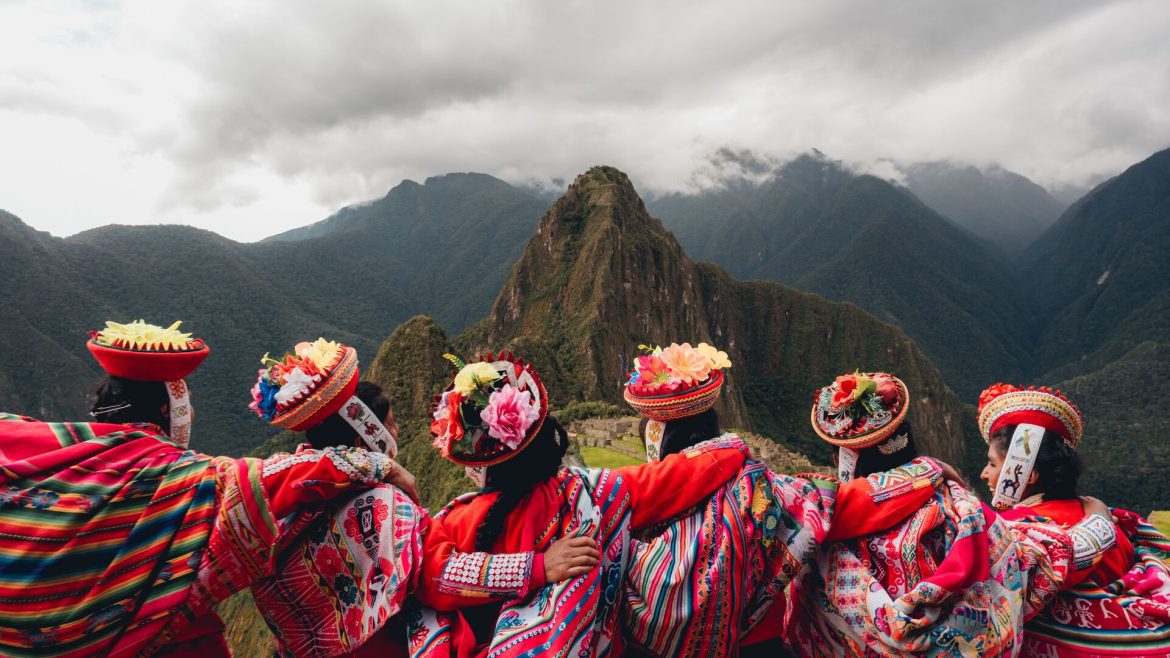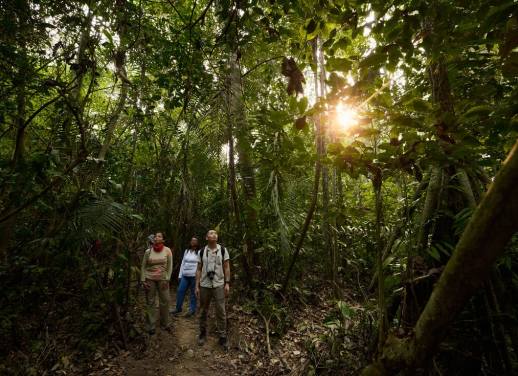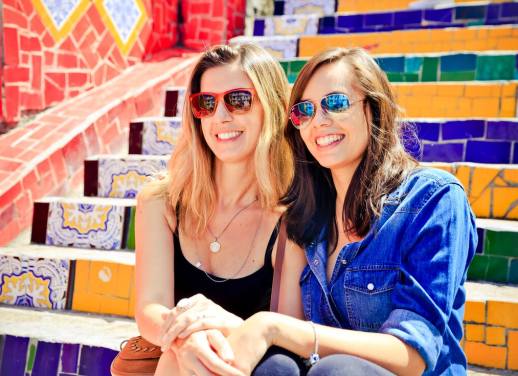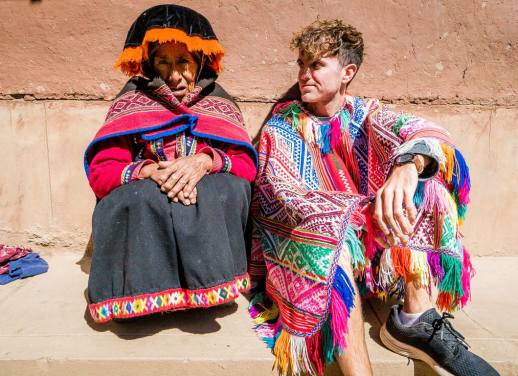Only a tiny percentage of Inca residents living in the highlands of Sacred Valley have visited Machu Picchu. Travel writer Peter joined an Intrepid-organized trip that took 16 women from the mountain village of Huilloc Alto to the archaeological site for the first time.
As we stepped off the train at Aguas Calientes and made our way through the station, I knew I was part of something very, very special.
The 16 Peruvian mamas I was travelling with parted the crowds like a wave of colour, momentarily shocking the surrounding tourists into silence before triggering a cacophony of camera clicks, like they’d stumbled upon their favourite celebrity. Of course, our small Intrepid group sharing in the moment already knew the mamas were superstars.
We were on a once-in-a-lifetime trip to Machu Picchu with mamas from the village of Huilloc Alto, hosted by Intrepid. Barely five per cent of the people indigenous to the Sacred Valley get to visit the ancient Inca city, even though it was their ancestors who built it. When you’re scrabbling to get by in dry barren hills close to 4000 metres above sea level, life serves up other priorities. This trip was Intrepid’s way of experiencing Machu Picchu alongside one of the small mountain communities that make their trips in Peru so memorable.
We’d spent the day before with them in Huilloc Alto. Here, surrounded by high jagged mountains and enveloped in serenity, mamas – the community’s maternal figures – had greeted us with colourful necklaces made from fresh flowers and led us through an arched wooden gate and into their village, treating us as family not just guests. They introduced themselves by name and told us how many wawas they had. Wawa is the delightfully onomatopoeic Quechuan word for children, and they were shocked by how few wawas we had among us.
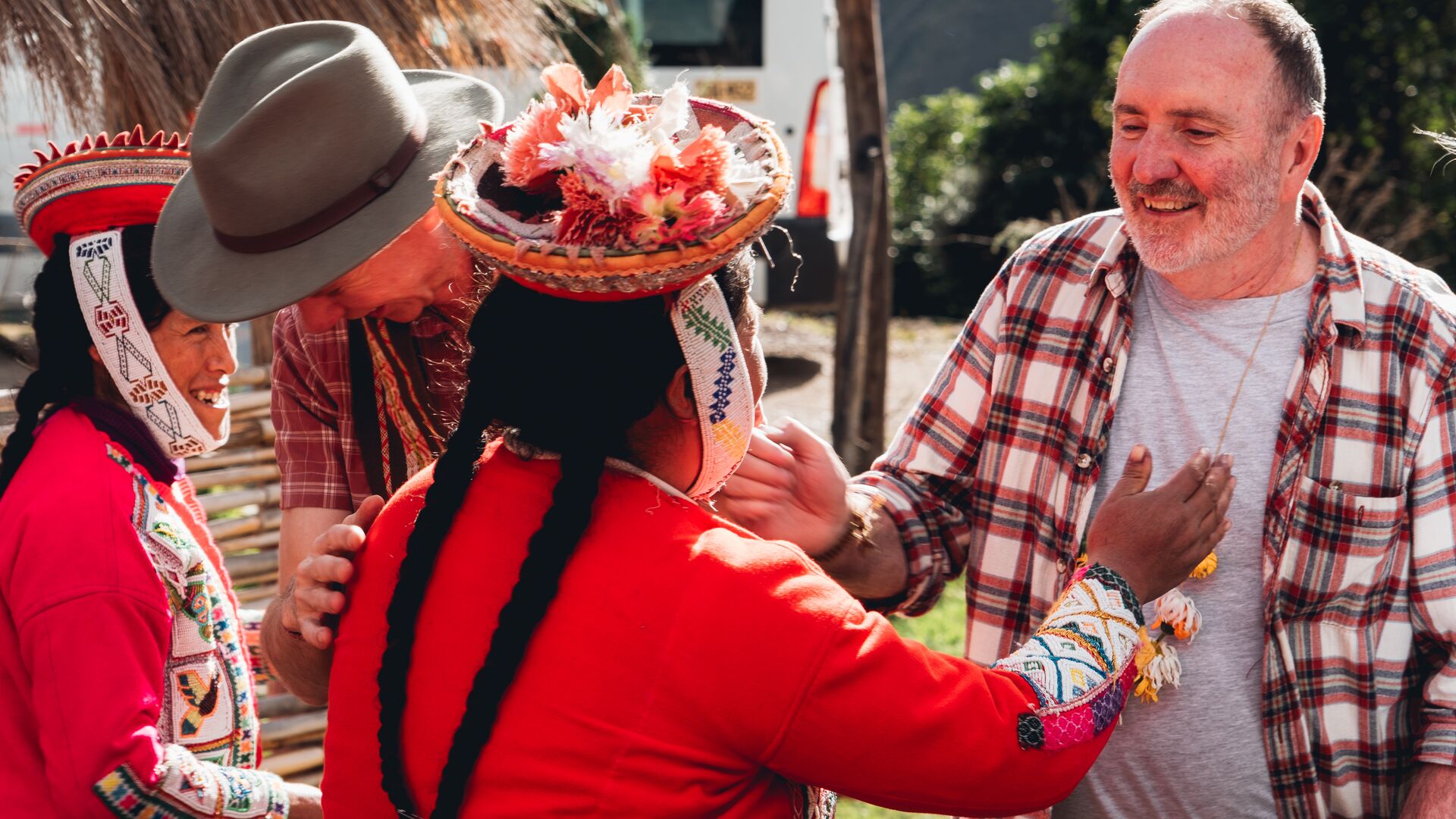
Intrepid supports six different indigenous communities in the region. Tourism provides many opportunities for highland women to earn money, become independent and improve their quality of life for themselves and their children. The mamas of Huilloc Alto are supported by Awamaki, a nonprofit social enterprise and Intrepid Foundation partner that connects Andean artisan weavers with local and global markets.
Though Huilloc Also is just one of the local communities that Intrepid supports in the region, I suspect they may be one of the most colourful. Their extraordinary handwoven outfits are dazzling, with significant symbols woven into the design. Most were local motifs, but one mama, Justina, had woven an elephant into her shawl. She’d seen one on television once, she explained, and had just taken a liking to it.
My favourite piece of their outfit was their montera (hat). The bowl-shaped top of a montera serves double duty as a headpiece and a cargo hold. The mamas fill it with colourful flowers as well as cell phones, keys and crumpled banknotes.
One group of mamas got the pachamanka (earth oven) going. Another group sorted through a pile of colourful potatoes to cook. The rest showed us how they deftly spun alpaca fleece into wool using a wooden bobbin and then dyed it with natural pigments. Then, for their own amusement I suspect, they got each of us to weave a rudimentary bracelet for ourselves.
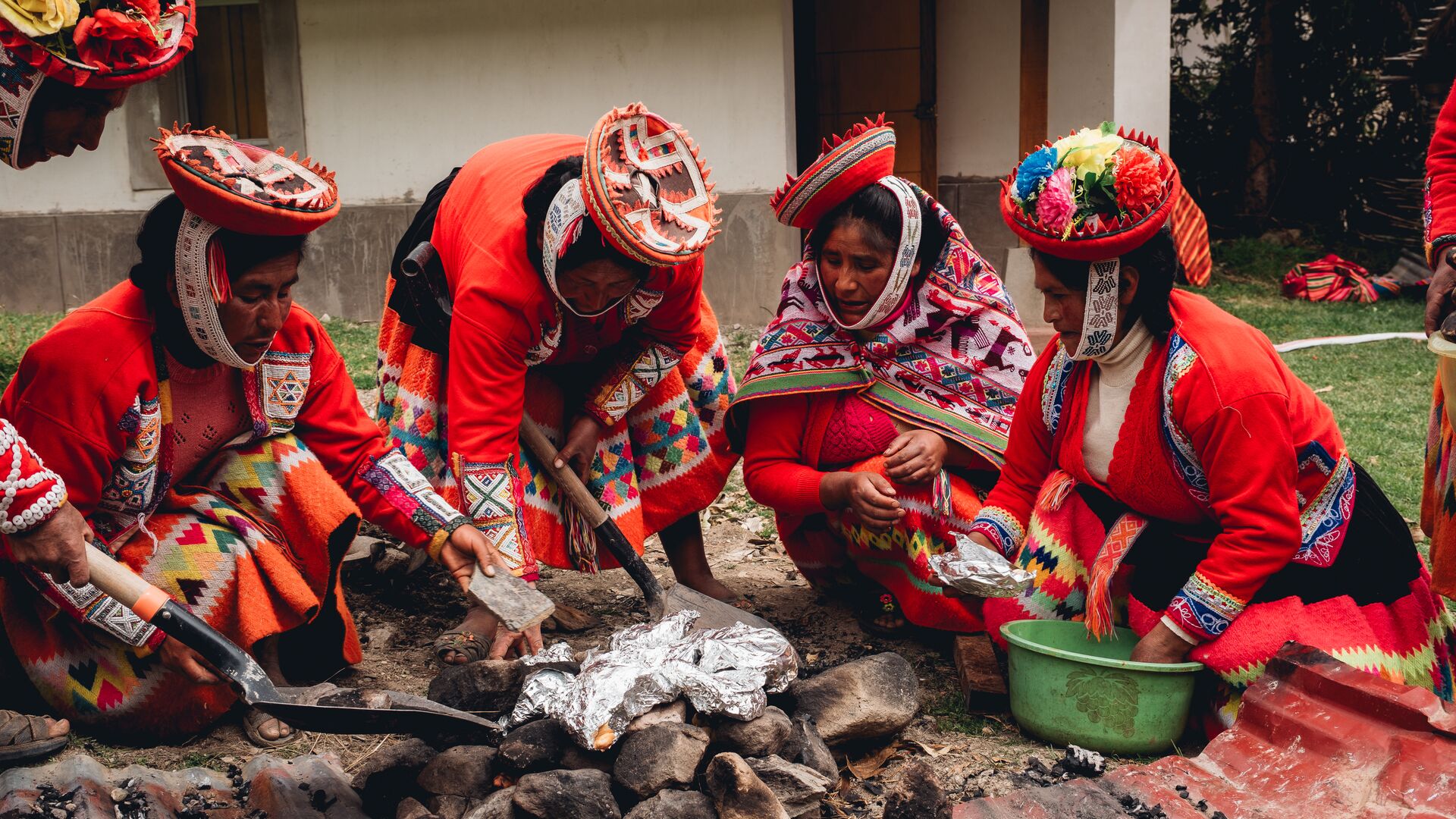
Finally, we all shared a meal of soup, potatoes, beans and plantain under a mud brick tin-roofed building, a communal dining room of sorts with a long wooden table and equally long benches, decorated with colourful woven placemats.
Over lunch the talk turned to our trip to Machu Picchu the next day. Like the rest of us, the mamas were beyond excited. Like 95 per cent of indigenous residents of Peru’s highlands, none of these women had ever visited the famous Inca site.
Justina, the mama whose shawl bore the motif of the elephant, told us that she had dreamed of visiting Machu Picchu since she was a little girl.
The reality is that Machu Picchu has been turned into a tourist attraction that caters to visitors from around the world, making it mostly inaccessible to members of local communities like Huilloc Alto. When you’re living on less than 1000 soles ($263 USD) a month, even the 65 sole ($17) discounted entrance ticket for locals is hard to justify. And while most of the mamas had mobile phones and limited coverage in the mountains, booking a ticket and the train online is next to impossible if you haven’t got a credit or debit card to use.
Justina, the mama whose shawl bore the motif of the elephant, told us that she had dreamed of visiting Machu Picchu since she was a little girl. The others nodded excitedly in agreement, suggesting it had been high on their personal bucket lists too. I had already been looking forward to visiting Machu Picchu with much anticipation. It suddenly dawned on me that visiting with the mamas was going to take it to a whole other level.
The next morning in Ollantaytambo was misty with a light drizzle. When the mamas’ minivan arrived from high in the mountain the windows were all fogged up by their excitement. They clambered out and then stood solemnly as Norma, our trip leader, checked their blue national ID cards before handing the mamas their tickets. Then they were off, chattering and laughing, running the gauntlet of the souvenir shops that lined the road down to Ollantaytambo train station.
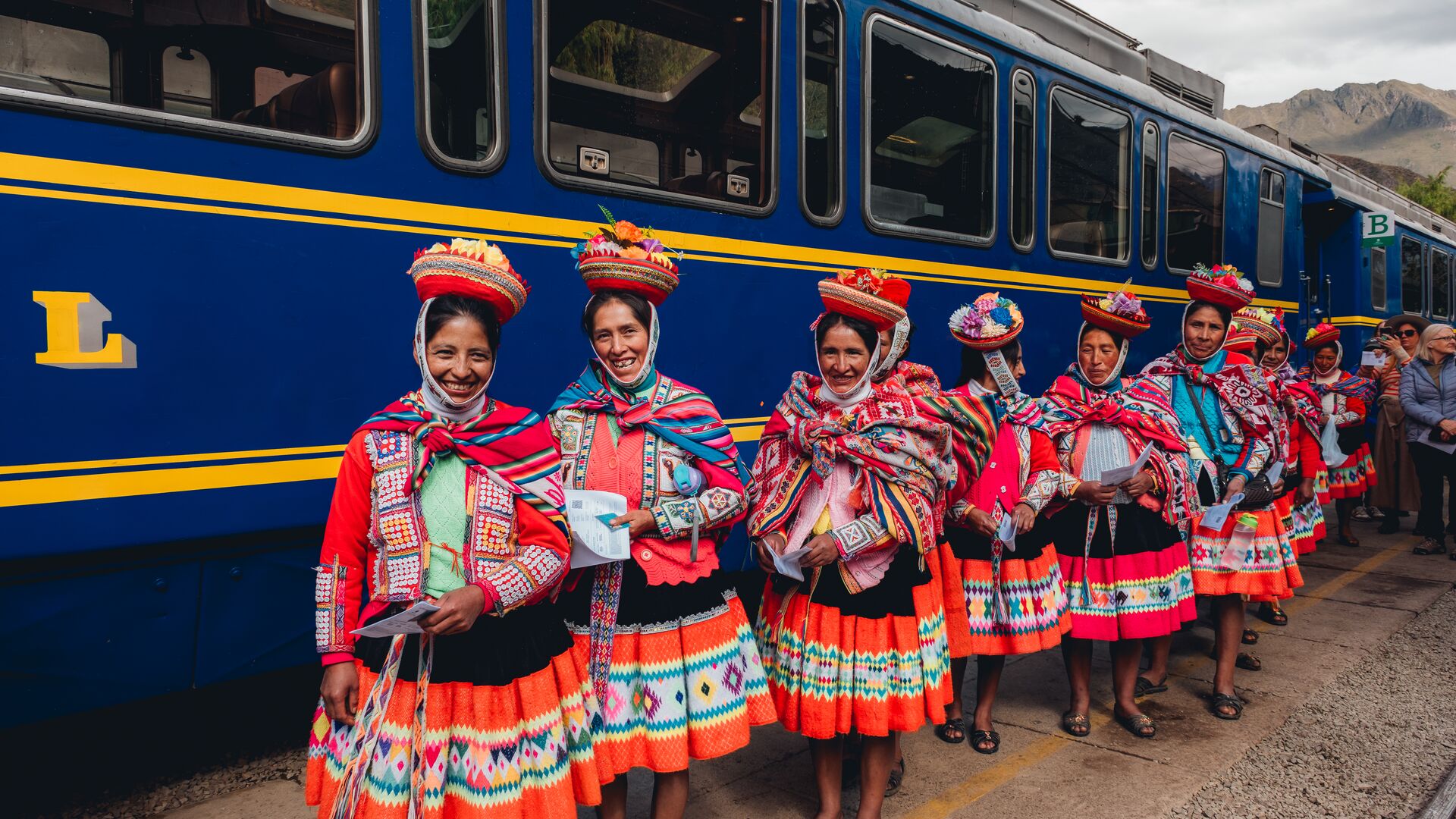
The Huilloc Alto mamas had never been on a train before. We all lined up dutifully to show the guard our tickets and, after finding our seats, the mamas looked around the carriage, excitedly pointing out things to each other. Then, as the train set off, following a raging river, cutting its way through increasingly lush valleys, they admired the views out of the panoramic windows.
Everything was new and interesting. As the train travelled from the drier heights of Ollantaytambo and into the luxuriant cloud forest that surrounds Machu Picchu, the mamas pointed out orchids growing beside the tracks to us and the colourful bromeliads catching water in the lush green trees. I was so busy watching the unadulterated joy in their faces that it took a moment for it to register the wonders I was seeing too. Centuries old Inca ruins and agricultural terraces beside the river. Hikers like iridescent dots on the craggy hills, walking the Inca trail. And mountains, higher and more majestic than anything I’d ever seen, towering over the tracks.
The mamas ‘oohed’ with delight as the train passed through a series of disappointingly short tunnels. When the attendants came through with a refreshment cart handing out hot tea and snack boxes it almost got too much. For the attendants, that is. They giddily abandoned their cart and started taking selfies with the mamas in the background.
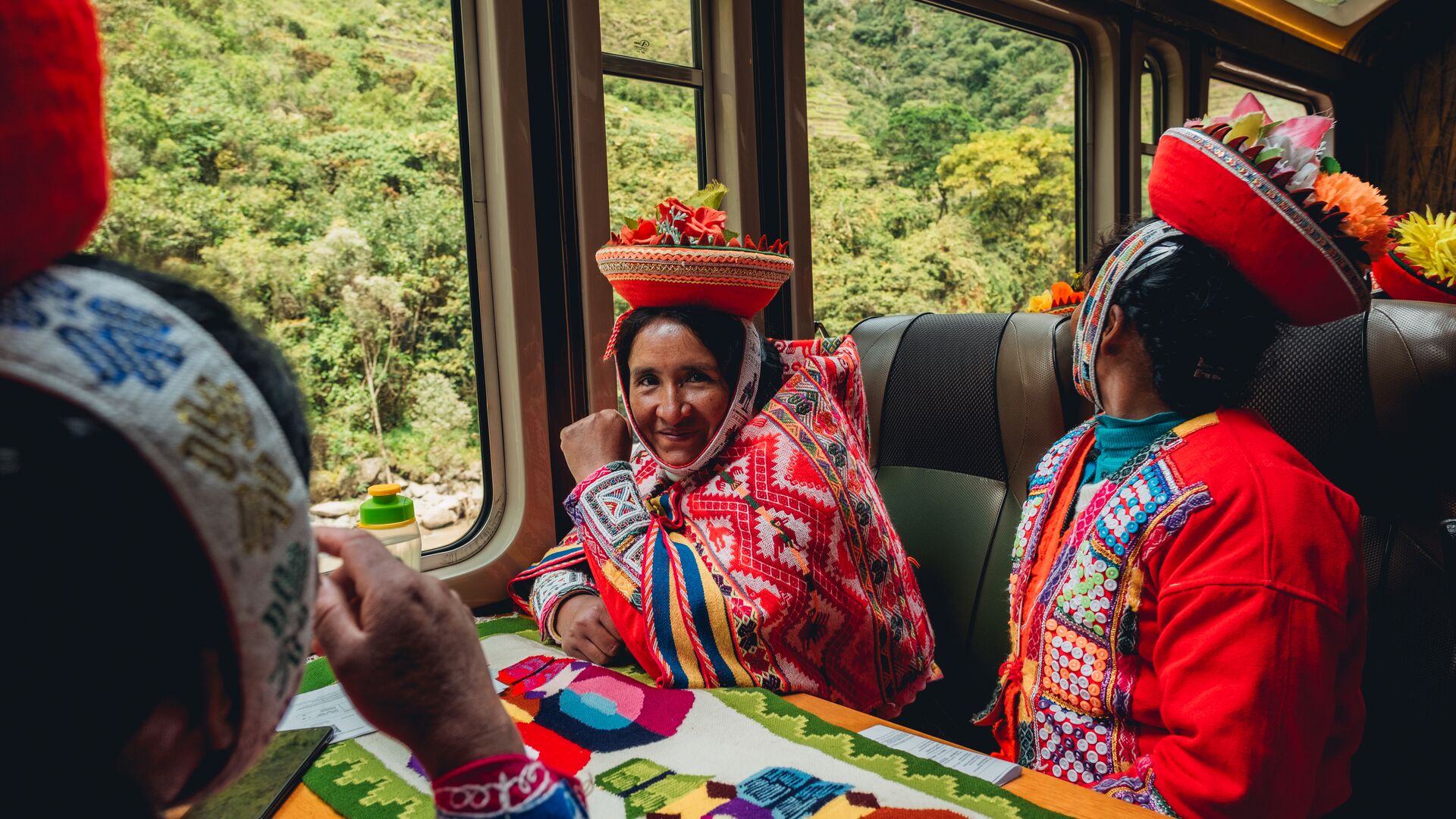
Soon the time had come for the main event, Machu Picchu. From Aguas Calientes, a bus took us higher and higher up into the mountains through a series of muddy switchbacks offering breathtaking glimpses of the deep valleys below. On arriving at the entrance, the mamas once again cut a colourful swath through the crowds and were soon hitching up their heavy woven skirts and forging up the steep paths in their sandals.
Intrepid provided two local Quechuan-speaking guides for the mamas, Rebecca and Erlin, to fill them in on the site’s fabled history. They were soon trailing the mamas, desperately trying to catch up with them before they disappeared around the next bend.
I caught up with the mamas again on the main platform looking out across the ruins. They were busy taking photos on their cell phones, posing in groups or individually. Some held their skirts so they fanned out in a semi-circle to reveal the beauty between the pleats. Others sat on the grass, staring out across the ruins in silence, taking it all in, not quite able to believe that they were finally getting to witness the handiwork of their ancestors.
Justina, the most extroverted and loquacious of the mamas, turned and quietly said gracias, thank you.
‘She says she feels so lucky to be here,’ Norma translated. ‘It was her dream to visit Machu Picchu since she was a young orphan. Now she feels so much more connected to her ancestors.’
Norma, a native Quechuan herself, rubbed her eyes a little. It seemed she was feeling the emotions of the occasion too.
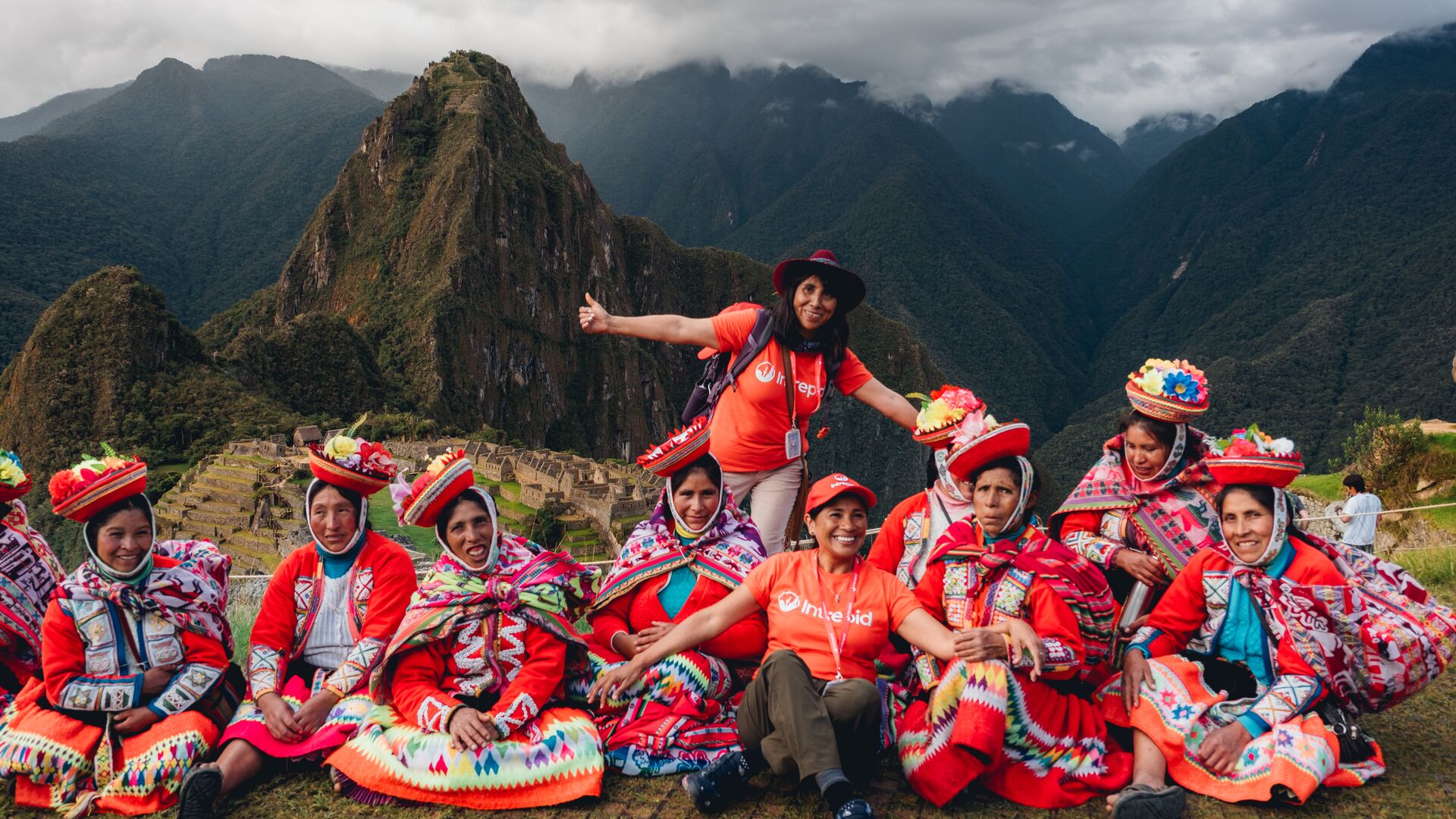
We descended into the ruins of the ancient city as a group but once again the mamas took off ahead, unaffected by the thin mountain air. At one point we came across them lined up along a wall just behind the Temple of the Sun. They were pointing up at Huayna Picchu, the steep mountain that rises 2693 metres behind the ruins, and asking Rebecca a lot of questions. I wondered if they were enquiring about the treacherously steep ‘Stairs of Death’ or perhaps about the crotchety old Incan priest who had once lived there. Rebecca laughed.
‘They wanted to know if they had time to climb it before the bus headed back down the mountain.’
We only had 15 minutes left on our timed ticket. But you know what? I think they could have made it.
Back in Ollantaytambo that night we gathered around the minibus that would take the mamas back to their village and said our goodbyes.
They thanked us, we thanked them, and it all got very emotional. Justina said she now felt like a proper Incan. I blubbered that it had been one of the best days of my life.
Peter travelled to Machu Picchu as a guest of Intrepid. See Machu Picchu for yourself on a number of Intrepid trips in Peru.
All photos by Ryan Bolton.

